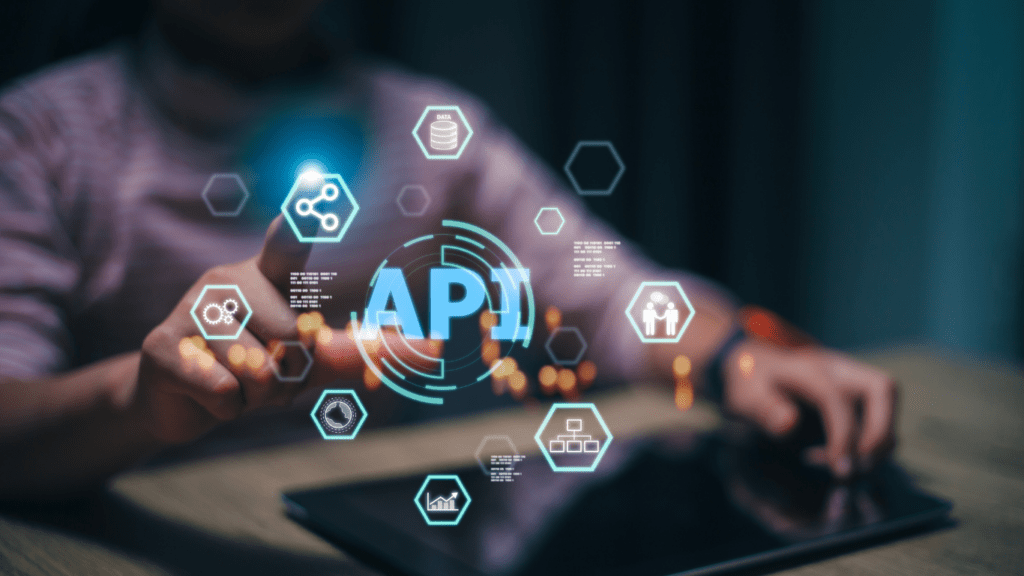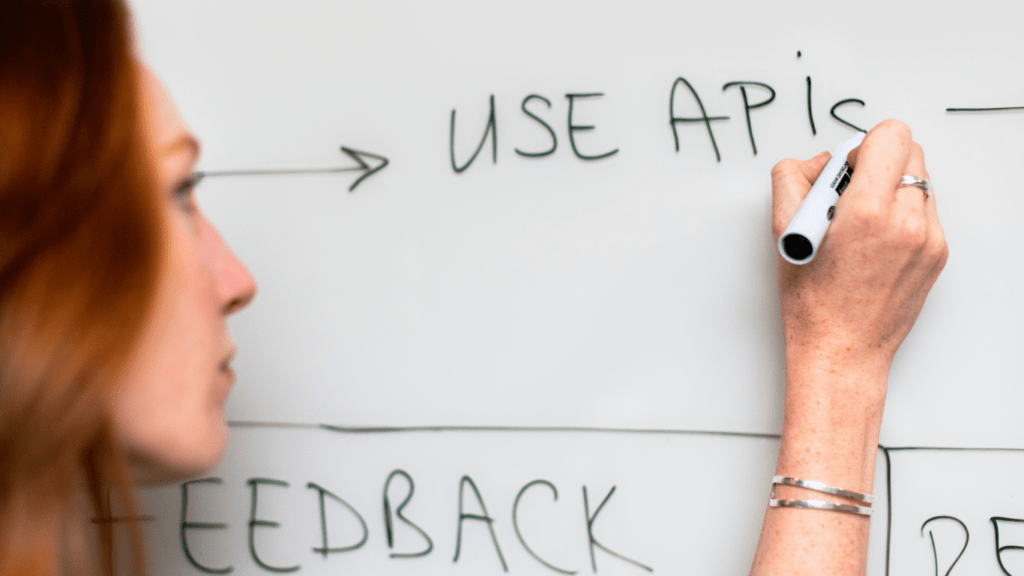As a web developer, I’ve come to appreciate the power of APIs in enhancing the functionality and user experience of applications. Integrating APIs seamlessly into your projects can be a game-changer, but it’s essential to follow best practices to ensure smooth operation. In this article, I’ll share some valuable insights on how to effectively integrate APIs into your web development workflow.
From understanding API documentation to implementing secure authentication methods, there are key considerations that can elevate your integration process. I’ll discuss the importance of choosing the right API for your project, optimizing API requests for efficiency, and handling errors effectively. By following these best practices, you can streamline your development process and create robust, reliable web applications that leverage the full potential of APIs.
Understanding APIs for Web Development
When integrating APIs into web development projects, it is essential to have a solid understanding of how APIs work and their significance in enhancing the functionality of applications. APIs, or Application Programming Interfaces, act as intermediaries that allow different software components to communicate with each other. As a web developer, I work with APIs to access data, functionality, or services from external sources, enabling me to extend the capabilities of my applications beyond what I can build myself.
To effectively utilize APIs in web development, I need to comprehend API documentation provided by the service provider. This documentation outlines how the API functions, what endpoints are available, the required parameters for requests, and the format of responses. By thoroughly reviewing and understanding the API documentation, I ensure that I integrate the API correctly and make the most of its features within my project.
Moreover, implementing secure authentication methods is crucial when working with APIs to protect sensitive data and prevent unauthorized access. As a developer, I prioritize security by utilizing authentication mechanisms such as API keys, OAuth tokens, or other secure methods recommended by the API provider. By securing the API integration, I safeguard the integrity of my application and the data it interacts with.
Selecting the right API for a project is another key consideration in web development. I assess the compatibility of the API with my application requirements, considering factors such as functionality, data format, rate limits, and support documentation. Choosing an API that aligns with the project’s objectives and technical needs ensures a smoother integration process and enhances the overall performance of the application.
Efficiency plays a vital role in API integration, and optimizing API requests is essential to minimize latency and improve responsiveness. By structuring API calls efficiently, I reduce unnecessary data transfers, enhance the speed of data retrieval, and optimize the overall performance of the application. Additionally, handling errors effectively is crucial in ensuring the reliability and robustness of the application. I implement error-handling mechanisms within my code to gracefully manage exceptions, provide informative error messages, and maintain the usability of the application in case of API failures.
By understanding APIs, integrating them effectively, and adhering to best practices, I can enhance the functionality and user experience of my web applications. APIs serve as powerful tools for extending the capabilities of web development projects, and mastering their usage is essential for creating robust and innovative applications.
Best Practices for Integrating APIs
When it comes to integrating APIs into web development projects, there are key best practices that can enhance the process and ensure optimal functionality. By selecting the right APIs, prioritizing security measures, and effectively managing rate limits, developers can streamline their workflow and create robust web applications.
- Choosing the Right APIs
I always prioritize selecting APIs that align closely with the project requirements and offer comprehensive documentation. It’s essential to assess factors such as reliability, scalability, and the level of support provided by the API provider. By analyzing these aspects, I ensure seamless integration and optimal performance within my applications. - Implementing API Security
Security is paramount when integrating APIs, and I make it a priority to implement robust authentication methods such as OAuth or API keys. I also encrypt sensitive data transmitted between the application and the API to prevent unauthorized access. By maintaining strict security measures, I safeguard the integrity of the data exchanged and protect against potential vulnerabilities.
Handling API Rate Limits
Managing API rate limits is crucial to prevent excessive usage that could lead to performance issues or service disruptions. I employ strategies like caching frequently requested data, optimizing API calls, and monitoring usage patterns to stay within defined rate limits. By efficiently handling rate limits, I ensure consistent performance and minimize the risk of service interruptions in my web applications.
Testing and Monitoring API Integrations
Ensuring the seamless integration and functionality of APIs in web development is crucial for creating high-performing applications. Robust testing and continuous monitoring are key components in this process.
I always prioritize thorough testing of API integrations to identify and rectify any issues before they impact the application. Through comprehensive testing, I can verify that the APIs function correctly, data is exchanged accurately, and endpoints respond as expected.
To maintain the performance and reliability of API integrations, I implement monitoring practices to track key metrics such as response times, error rates, and overall system health. By closely monitoring these metrics, I can proactively address any anomalies and optimize the performance of the integrated APIs.
In my experience, utilizing monitoring tools and services is essential for gaining real-time insights into API performance. By setting up alerts for critical metrics, I ensure prompt notification of any deviations from normal behavior, allowing me to take immediate action to resolve issues and prevent potential downtime or performance degradation.
Overall, thorough testing and proactive monitoring are indispensable in ensuring the seamless integration of APIs, optimizing application performance, and delivering an exceptional user experience.


 Holly Keenstier is a crucial helper at The Code Crafters Hub, where her contributions significantly enhance the platform's capabilities. Keenstier's background in software development and her meticulous approach to project tasks have made her an integral part of the team. Her role involves various responsibilities, from aiding in technical troubleshooting to supporting content development, all of which are essential to maintaining the hub’s high-quality standards.
Keenstier’s dedication to The Code Crafters Hub is evident in her commitment to delivering relevant and insightful content. Her efforts help ensure that the platform remains a leading resource for the latest advancements in web development, game development, IoT, and cybersecurity. Based in Warren, MI, Keenstier’s work is instrumental in keeping the hub’s offerings dynamic and up-to-date.
Holly Keenstier is a crucial helper at The Code Crafters Hub, where her contributions significantly enhance the platform's capabilities. Keenstier's background in software development and her meticulous approach to project tasks have made her an integral part of the team. Her role involves various responsibilities, from aiding in technical troubleshooting to supporting content development, all of which are essential to maintaining the hub’s high-quality standards.
Keenstier’s dedication to The Code Crafters Hub is evident in her commitment to delivering relevant and insightful content. Her efforts help ensure that the platform remains a leading resource for the latest advancements in web development, game development, IoT, and cybersecurity. Based in Warren, MI, Keenstier’s work is instrumental in keeping the hub’s offerings dynamic and up-to-date.
